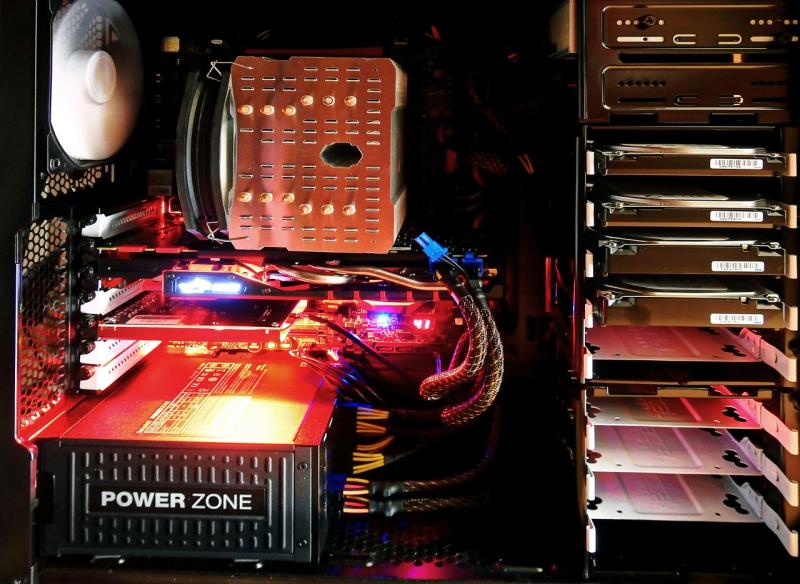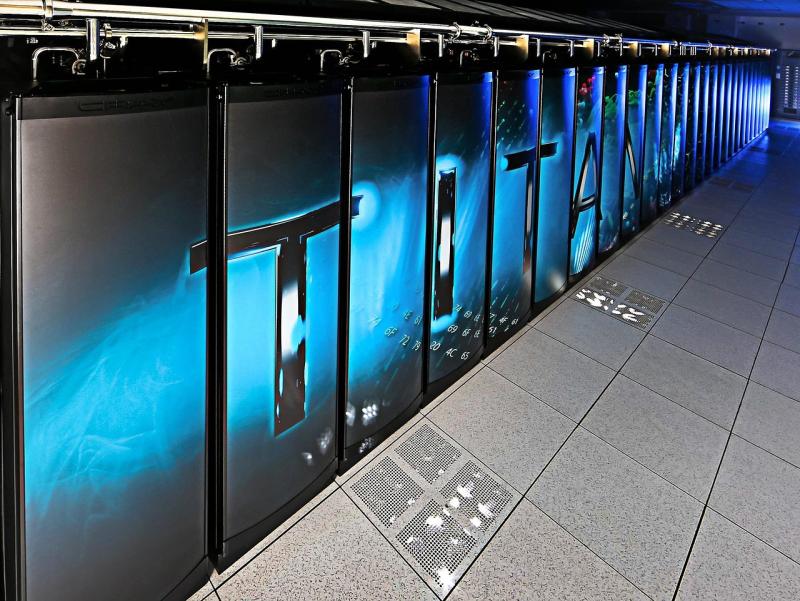### **The Perfect Match: Gaming Motherboards vs. Workstation Boards**
When building a PC, selecting the right motherboard is a decision that determines your system's overall performance and adaptability. As the central hub connecting your CPU, GPU, RAM, and storage, the motherboard ensures seamless communication between components. But with options tailored for gaming and professional use, how do you find the perfect match for your needs?
In this guide, we’ll compare gaming and workstation motherboards, showcasing their unique strengths and helping you choose the ideal solution for your next build.
---
### **Why Motherboards Are Critical**
The motherboard is more than just a connector for your components—it’s the backbone that dictates what your system can achieve. The right motherboard ensures optimal performance for your tasks, whether you're gaming at high frame rates or managing demanding professional workflows.
1. **Gaming Motherboards**: Optimized for speed, visuals, and customization, these boards cater to gamers seeking immersive experiences.
2. **Workstation Boards**: Designed for multitasking and reliability, workstation boards support resource-heavy applications and long-term stability.
---
### **Features of Gaming Motherboards**
Gaming motherboards are specifically designed to handle the demands of high-performance gaming. Their key features include:
- **Optimized Chipsets**: Advanced chipsets provide faster data flow, enabling smooth gameplay and rapid load times.
- **Graphics Excellence**: PCIe 4.0 or PCIe 5.0 slots support powerful GPUs, ensuring stunning visuals and high frame rates.
- **Overclocking Tools**: Robust power systems and intuitive BIOS interfaces allow users to safely push CPU and GPU limits for extra performance.
- **Fast Networking**: Integrated Wi-Fi 6/6E and low-latency Ethernet ensure lag-free online gaming, essential for competitive players.
- **Custom Aesthetics**: RGB lighting and sleek designs let users personalize their builds with vibrant visual effects.
- **Enhanced Sound**: High-quality audio systems provide immersive soundscapes, enriching the gaming experience.
These features make gaming motherboards an excellent choice for enthusiasts who prioritize speed, visuals, and style in their systems.
---
### **Features of Workstation Boards**
Workstation motherboards focus on stability and scalability, meeting the needs of professionals who handle complex workloads. Key attributes include:
- **Multi-Core Processor Support**: These boards are compatible with high-core-count CPUs, enabling efficient multitasking and parallel processing for heavy applications.
- **ECC Memory Capability**: Error-Correcting Code (ECC) RAM ensures data reliability by detecting and correcting memory errors, making it critical for professionals working with sensitive or large-scale data.
- **PCIe Expansion**: Multiple PCIe lanes allow for enhanced scalability, supporting additional GPUs, RAID controllers, or networking cards.
- **High-Capacity Storage Options**: Support for NVMe SSDs and RAID configurations provides ample storage space and fast data access.
- **Thermal Solutions**: Robust cooling designs ensure system stability during prolonged or intensive workloads.
- **Professional Connectivity**: Ports like Thunderbolt, USB-C, and multiple Ethernet connections enable seamless integration with professional peripherals.
Workstation motherboards are ideal for creative and technical professionals who need reliable, scalable platforms for resource-intensive tasks.
---
### **Making the Perfect Choice**
To decide between a gaming motherboard and a workstation board, consider your primary use case. Here’s a breakdown:
1. **Focus on Gaming**:
- Choose a gaming motherboard if you value high frame rates, responsive performance, and immersive visuals.
- Look for advanced GPU support, customizable aesthetics, and low-latency networking.
2. **Focus on Professional Workflows**:
- Opt for a workstation motherboard if your tasks involve video editing, 3D modeling, data analysis, or similar applications.
- Prioritize features like ECC memory, scalability, and thermal management.
3. **Hybrid Use Case**:
- If you’re both a gamer and a professional, consider a hybrid motherboard that blends gaming performance with workstation-grade multitasking.
4. **Plan for Upgrades**:
- Look for boards with support for next-gen technologies like PCIe 5.0, DDR5 RAM, and additional PCIe slots to ensure your build remains future-proof.
5. **Budget**:
- Gaming motherboards often feature aesthetic enhancements, while workstation boards prioritize functionality. Decide which features matter most within your budget.
---
### **Blurring the Lines Between Gaming and Professional Setups**
As technology evolves, many manufacturers are designing hybrid motherboards that cater to both gamers and professionals. These boards combine advanced GPU compatibility with workstation-level features like ECC memory support and professional-grade connectivity, offering a versatile solution for mixed-use systems.
---
### **Conclusion: The Perfect Match for Your Needs**
Whether you’re crafting a gaming rig, building a workstation powerhouse, or blending both worlds, the right motherboard is essential to unlocking your system’s potential. Gaming motherboards offer speed, visuals, and customization for immersive gameplay, while workstation boards deliver stability, scalability, and reliability for professional workflows.
Take the time to evaluate your priorities and align them with the features that matter most to you. With the right motherboard, your PC can handle anything from thrilling gaming sessions to intensive professional projects.
View our related products
See more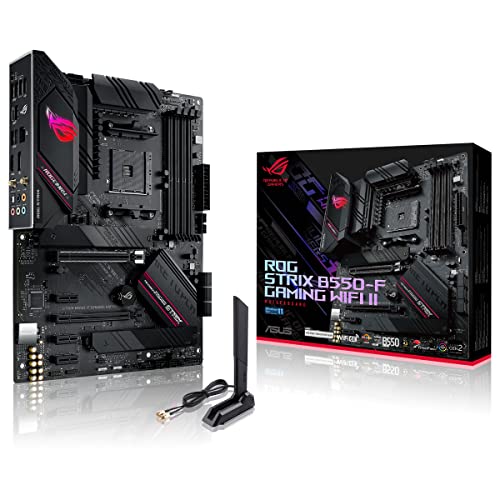
ASUS ROG Strix B550-F Motherboard
Asus
Product Review Score
4.48 out of 5 stars
227 reviews£155.99 £116.40
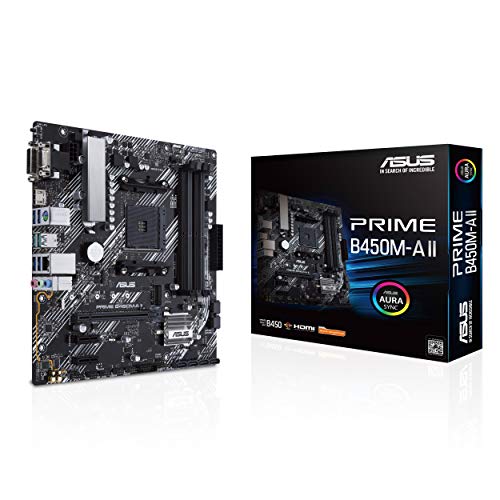
ASUS Prime B450M Motherboard
Asus
Product Review Score
4.63 out of 5 stars
137 reviews£76.99 £69.99
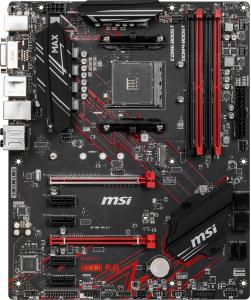
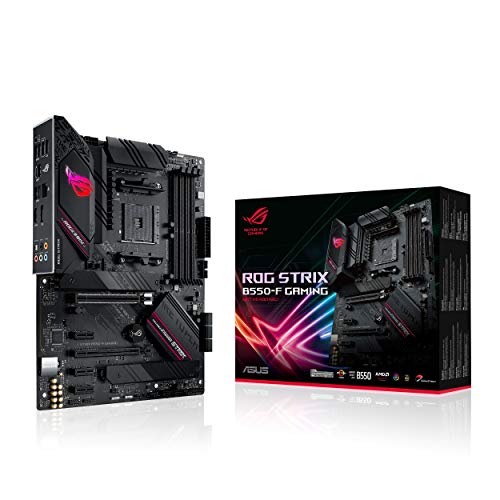
ASUS ROG Strix B550-F Motherboard
Asus
Product Review Score
4.41 out of 5 stars
170 reviews£169.99 £125.99
The Perfect Match: Gaming Motherboards vs. Workstation Boards
When building a PC, selecting the right motherboard is a decision that determines your system's overall performance and adaptability
Related Articles
Essential High-Performance PC Components You Need Now
Upgrade your setup with the must-have parts for unbeatable gaming and productivity
Top Picks for Best High-Performance PCs
Find the perfect power machine for gaming, work, or creative projects
Your Guide to the Best High-Performance PCs
Find the Right PC for Your Gaming and Creative Needs
View our related products
See more
ASUS ROG Strix B550-F Motherboard
Asus
Product Review Score
4.48 out of 5 stars
227 reviews£155.99 £116.40

ASUS Prime B450M Motherboard
Asus
Product Review Score
4.63 out of 5 stars
137 reviews£76.99 £69.99


ASUS ROG Strix B550-F Motherboard
Asus
Product Review Score
4.41 out of 5 stars
170 reviews£169.99 £125.99
